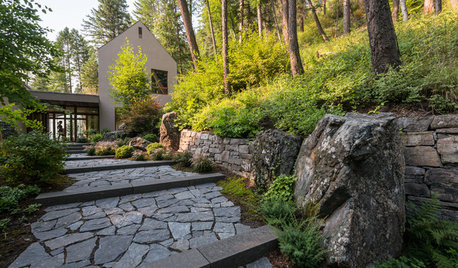Hello,
I think I may have made another newbie mistake. I amended the soil last year when I dug my beds but not well enough as I am losing plants on one side of my bed which I now call "Death Row." (Although this may be a pH issue as well.) So I am finding replacement plants and re-digging and heavily amending around the surviving perennials. What I did was dig out the red clay (doesn't even look like I amended it last year) to about 7-8 inches deep, replaced that soil with purchased topsoil, compost, and gypsum (2-3 shovels full) for an approximately 2' square area. After doing this I dug another 2-3 inches into the clay with my pitchfork, brought it to the surface and mixed the clay with the amendments. I mistakenly thought gypsum was neutral to the soil and thought of more as perlite and really piled it into the bed (thinking I was adding aeration to the bed). Do I need to now amend what I amended? Is that much gypsum around plants detrimental? My soil is very acidic already (close to 5.0) and am unsure how the gypsum may influence the pH of the amended soil or how surrounding soil may influence the re-amended parts of the bed. Any help would be much appreciated.








dottie_in_charlotte
kimnc7Original Author
Related Professionals
Allentown Landscape Architects & Landscape Designers · Lowell Landscape Architects & Landscape Designers · Panama City Landscape Architects & Landscape Designers · Roosevelt Landscape Architects & Landscape Designers · Paradise Landscape Architects & Landscape Designers · Mount Wilson Landscape Architects & Landscape Designers · Bloomington Landscape Contractors · Duarte Landscape Contractors · Fort Wayne Landscape Contractors · Lewisville Landscape Contractors · Lyndhurst Landscape Contractors · Ocoee Landscape Contractors · Paramount Landscape Contractors · Tinton Falls Landscape Contractors · Yukon Landscape Contractorsdottie_in_charlotte
tamelask
kimnc7Original Author